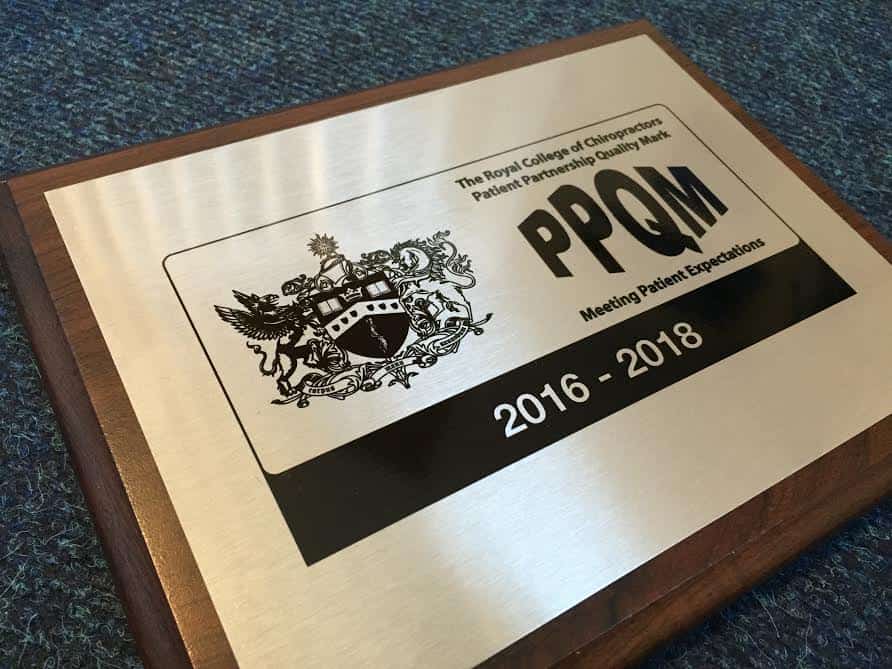Its amazing… amazing how many times I have asked patients during our first meeting and consultation if they have iced their injury before coming in to see me. The answer 90% of the time is, “I haven’t” or “I have been using heat but not ice”. In mine and a lot of others opinions, Icing is by far and away the best thing you can do to get yourself back on the road to recovery as fast as possible in the early stages of a muscle or joint injury. Here in this post I explain why…
Probably your whole life you have been told if you have burned or bruised yourself that “you need to put ice or ice cold water on it to stop the swelling”. Well the same rule applies for your muscles and skeleton, this includes your spine by the way!, they all respond to ice in the same way as if you bruise your arm. Let’s take back pain for example, a similar thing is occurring with an episode of back pain that occurs with a bruise. Something in your back has been damaged as a result of weakness or poor function and the body is reacting by trying to protect itself using inflammation. The same as if you had bumped and subsequently bruised yourself.
Inflammation has 5 components; pain, heat, redness, swelling and loss of function. All five are reduced as a result of icing. Ok, now think about what I have just told you and consider this: If you just bruised your arm, would you put heat on it to try to make it better while it is still sore and hurting? (oh dear god, please say no…) Remember the 5 components of inflammation??, that’s right, heat was one of them!, therefore you would be encouraging inflammation if you used it, not good. This again also applies to your back, if your back is in pain it is usually due to inflammation, so don’t use heat!. The only time I recommend the use of heat is during a warm up before performing strenuous exercise and certainly not for someone in pain. Once a person is out of pain and functioning correctly I only encourage heat in the form of giving your muscles a good rub to make them more pliable if you know they are noticeably tight.
Right, now I want you to apply what I have just told you to your day-to-day life. If you had just suffered an episode of back pain, would you now consider it a good idea to have a hot bath?? or a hot shower??, or go in the hot jacuzzi down at you leisure club??. I hope you can see what I am saying here (and no, I am not saying don’t wash, that wouldn’t help any of us!). What I am trying to say is that you may be applying heat to your back pain without realising it, by performing day-to-day activities like those I just mentioned. What I would like you to consider when in an episode of back pain is turning down the temperature. When you have a shower or bath, reduce the temperature a bit (not too much!) and make sure you ice your back straight after for 10-15 minutes or find a cooler alternative to cleaning yourself, like using wash towels.
To conclude, wrap up some ice cubes in a damp cloth or wrap an ice pack in damp paper towels or a cloth and apply to the problem area. Perform 10-15 minutes of icing every 2 hours, five times a day or as close to that as possible. This is the perfect routine to help get yourself through the early stages of injury. I would also recommend seeing your Chiropractor or other manual therapist as there are some instances where the pain may in fact not be coming from the parts of the body you suspect. In which case your Chiropractor or other manual therapist will help you identify the correct place to apply your ice pack whilst also providing treatment, information, advice and guidance to aid the healing process and help prevent it happening again!.
When to use ice: Acute sprains and strains, Acute inflammatory processes: arthritis, bursitis, tendonitis myositis, and neuritis, Acute trauma, Acute and chronic muscle spasm.
When not to use ice: Cold hypersensitivity (test a small non-painful area first if worried), a vasospastic disorder (Vasospastic disorders are conditions in which the vessels of the extremities do not dilate properly.), Systemic complications, Raynaud’s Phenomenon or Certain malignancies (seek advice). Do not apply if you are a weakened individual; Old age, Infancy, Cachexic. Or if you have severe varicose veins, myocardial weakness or high blood pressure.
I hope this has helped you understand a bit more about your body and Chiropractic, If you have any questions on this topic send me an e-mail at danny@longlevenschiro.com
If you live in Gloucester or surrounding areas and are interested my Chiropractic services and what I can do to help you, then book an appointment to see Danny at the Longlevens Chiropractic and Sports Injury Clinic on 01452 309372
http://chirobeans.wordpress.com/2012/02/23/why-is-icing-my-back-so-important/






